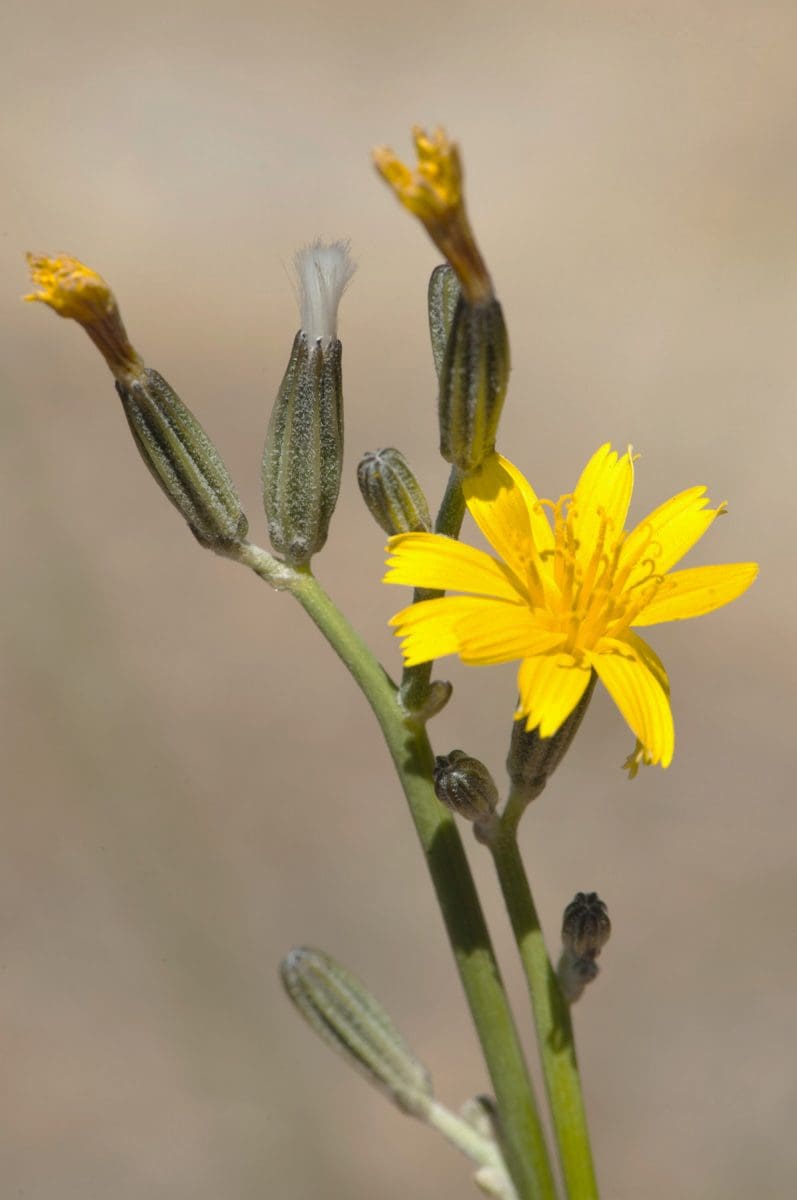FARMERS are encouraged to keep up paddock searches for the declared pest skeleton weed throughout late summer and autumn.

Skeleton weed is most recognisable for its bright yellow daisy flowers when flowering during summer and autumn.
Western Australia Department of Primary Industries and Regional Development (DPIRD) project manager Martin Atwell said monitoring should include previously searched and treated skeleton weed paddocks for any late plant finds.
“Early detection is the best protection,” Mr Atwell said.
“Skeleton weed can grow quickly, up to 20cm a week, setting seed within days of flowering.”
Mr Atwell said it was imperative that farmers kept an eye on skeleton weed infested paddocks and continued with follow-up monitoring and treatment of infested sites throughout summer and early autumn, to ensure these plants were prevented from setting seed.
“Now is also the best time to search any suspected skeleton weed paddocks, with plants flowering and seeding,” he said.
“The Skeleton Weed Program is currently undertaking its surveillance searching program, using a mix of traditional vehicle searching and drones.”
Skeleton weed program activities are funded by growers through the Grains, Seeds and Hay Industry Funding Scheme.
Skeleton weed has upright and usually leafless stems, which give the appearance of the skeleton of a plant.
It is most recognisable for its bright yellow daisy flowers when flowering during summer and autumn.
Source: DPIRD
Information on skeleton weed and control is available from agric.wa.gov.au/skeletonweed, or contact your nearest DPIRD or Local Action Group.
Any suspicious plants should be reported using MyPestGuideTM Reporter, or to DPIRD’s Pest and Disease Information Service on +61 (08) 9368 3080 or [email protected].

HAVE YOUR SAY